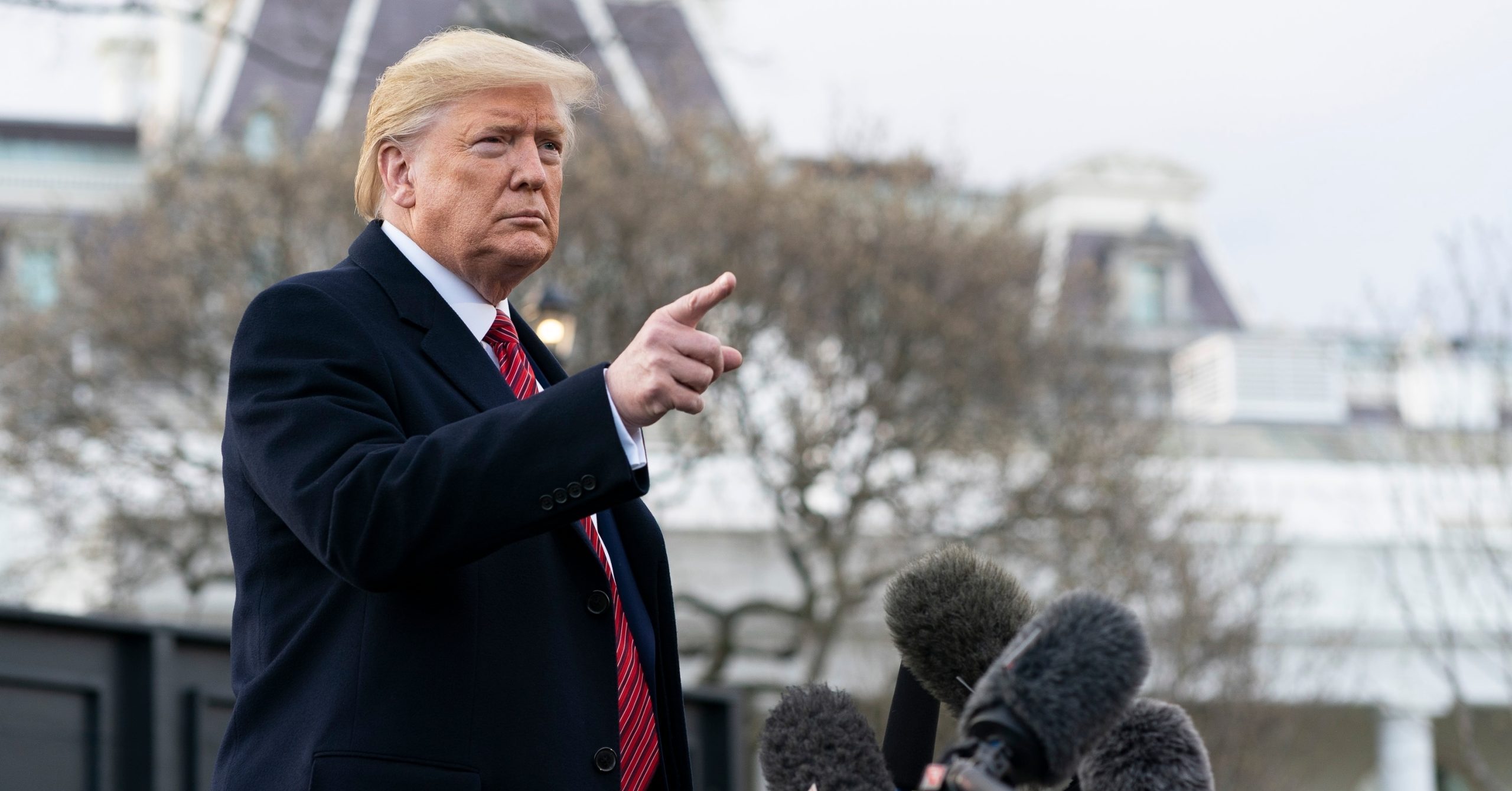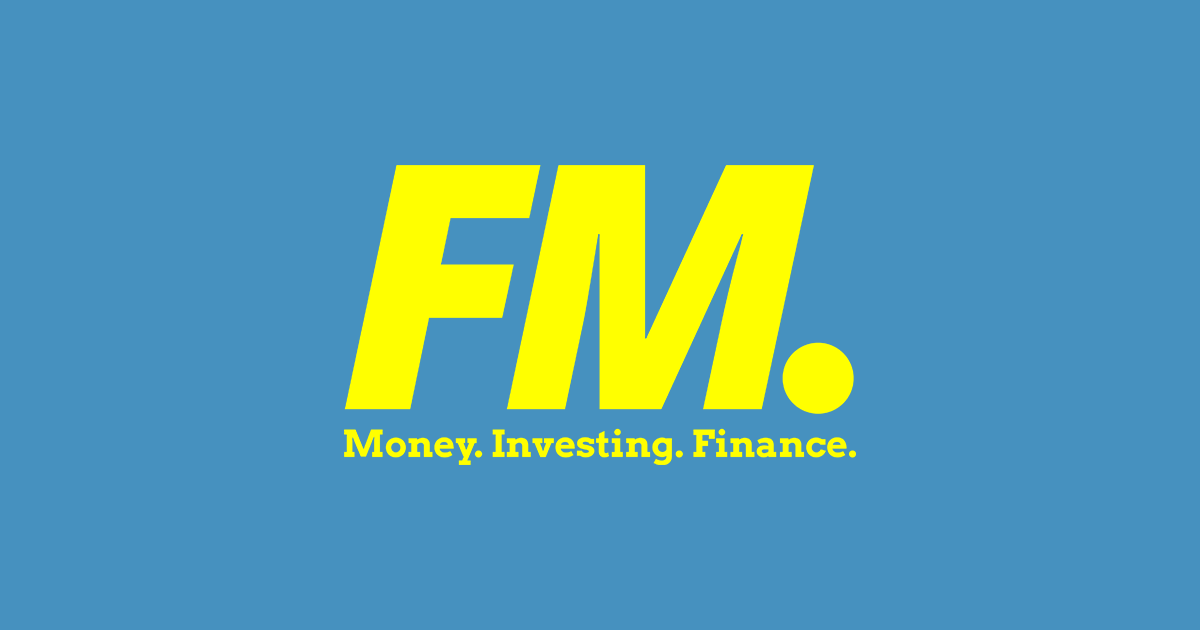Fed Holds Firm Amidst White House Pressure: A Deep Dive into Monetary Policy and Economic Headwinds.
Washington D.C., July 29, 2025 – Despite persistent and increasingly vocal calls from President Trump for immediate interest rate cuts, the Federal Reserve's Federal Open Market Committee (FOMC) is widely expected to maintain its benchmark rate at 4.25%-4.5% following its meeting concluding tomorrow, July 30. Economists, including those from FactSet and Oxford Economics, place the probability of a hold at a staggering 96%, underscoring the central bank's commitment to its dual mandate of price stability and maximum employment, even in the face of intense political pressure.
The Executive vs. The Central Bank: A Clash of Ideologies
President Trump has made no secret of his desire for lower borrowing costs, viewing them as a catalyst for economic growth. His recent meeting with Fed Chair Jerome Powell last week reportedly saw the President emphasize a "very simple" request: "Interest rates have to come down." This sentiment echoes months of public criticism, where the President has chastised Powell's cautious approach, even going so far as to hint at grounds for his removal over the handling of a building renovation.
However, the Federal Reserve, by design, operates with a degree of independence from political influence. This insulation is crucial to prevent short-term political objectives from compromising long-term economic stability. As history shows, presidential pressure on the Fed is not unprecedented, with notable instances ranging from Andrew Jackson's "Bank War" to Lyndon B. Johnson's confrontation with William McChesney Martin. Yet, the current administration's direct and public appeals represent a particularly intense period for the central bank's autonomy.
Navigating Inflationary Currents and Tariff Tensions
The Fed's reluctance to cut rates stems from several key economic indicators. While President Trump points to rate cuts by the European Central Bank and the Bank of England, and relatively low inflation figures earlier in 2025, the Consumer Price Index (CPI) in June rose to an annualized rate of 2.7%. This figure remains above the Fed's 2% annual target, suggesting that inflationary pressures persist.
A significant factor contributing to these pressures is the impact of the Trump administration's steep new tariffs. These trade policies, designed to protect domestic industries, are simultaneously pushing up import costs, which can ultimately translate into higher consumer prices. Oxford Economics' chief U.S. economist, Ryan Sweet, highlights this dilemma, noting, "With the labor market holding up and the impact of tariffs on inflation starting to rear its ugly head, the Federal Reserve has plenty of ammunition to justify keeping interest rates unchanged at the July meeting."
Moreover, the economy, while still solid, shows signs of slowing. Although June saw stronger-than-forecast hiring, economists expect second-quarter GDP growth to register 1.8%, a notable decrease from 2024's 2.8% rate. The Fed's strategy to hold rates steady provides it with "ammunition" – the flexibility to cut rates more aggressively should economic conditions deteriorate further, a crucial tool given the economic clouds on the horizon.
The FOMC's Collective Deliberation
The decision on interest rates rests with the 12-person Federal Open Market Committee (FOMC), not solely with Chair Powell. This committee comprises the seven members of the Board of Governors, the President of the Federal Reserve Bank of New York, and four of the remaining eleven Reserve Bank presidents on a rotating basis. This structure promotes a diversity of perspectives, ensuring that monetary policy reflects a broad understanding of the U.S. economy.
While a collective decision, recent signals from at least two FOMC members – Federal Reserve governors Christopher Waller and Michelle Bowman – indicate a belief that it might be time to consider rate cuts. Such dissents, as Sweet of Oxford Economics points out, are "normal and a good thing as it highlights that the Fed isn't falling into the trap of groupthink." However, with the overwhelming consensus pointing to a hold, these dissenting voices are unlikely to sway the immediate outcome.
Looking Ahead: September as the Next Pivot Point?
For those hoping for a rate cut, the focus now shifts to the Fed's September 16-17 meeting. Economists, including those surveyed by FactSet, peg the likelihood of a rate cut at this next gathering at 63%. The FOMC does not meet in August, making September the earliest plausible window for a change in monetary policy.
Should the Fed indeed cut rates in September, analysts predict a 0.25 percentage point reduction, bringing the federal funds rate down to a range of 4% to 4.25%. EY-Parthenon Chief Economist Gregory Daco projects two rate cuts in 2025, followed by further easing in 2026 as economic and labor market conditions are anticipated to soften more visibly.
As Chair Powell prepares for his press conference tomorrow, he is expected to reiterate the Fed's data-dependent approach and emphasize the central bank's commitment to its statutory mandate. The delicate balance between managing inflation, fostering employment, and resisting political pressure remains the defining challenge for the Federal Reserve in the current economic climate.
Frequently Asked Questions (FAQs) on the Federal Reserve and Interest Rates
1. Why does President Trump want interest rates to come down? President Trump believes that lower interest rates would stimulate economic growth by making it cheaper for consumers and businesses to borrow money, encouraging spending and investment. He has also pointed to rate cuts by other central banks, like the European Central Bank and the Bank of England, as justification for a similar move in the U.S.
2. Why is the Federal Reserve unlikely to cut interest rates this week (July 30, 2025)? Economists widely expect the Fed to hold rates steady due to persistent, albeit flickering, inflation and a solid, if slowing, economy. The Consumer Price Index (CPI) in June rose to an annualized rate of 2.7%, which is above the Fed's 2% annual target. Additionally, the Fed aims to keep "powder dry" – meaning maintain higher rates – in case the administration's steep new tariffs cause inflation to reignite or if economic conditions deteriorate further, giving them room to maneuver with future cuts.
3. What is the Federal Reserve's "dual mandate"? The Federal Reserve operates under a dual mandate from Congress: to achieve maximum employment and price stability. This means they aim to keep inflation low and stable while also promoting a strong job market.
4. Who makes the decisions on interest rates at the Federal Reserve? The decisions on interest rates are made by the 12-person Federal Open Market Committee (FOMC). This committee consists of the seven members of the Board of Governors, the President of the Federal Reserve Bank of New York, and four of the remaining eleven Reserve Bank presidents on a rotating basis. No single person, including Fed Chair Jerome Powell, determines the central bank's monetary policy.
5. What is the current benchmark interest rate range? The Federal Reserve has maintained its benchmark rate in a range of 4.25% to 4.5% since December 2024. This rate is known as the federal funds rate.
6. How do tariffs affect inflation, and why is the Fed concerned about them? Tariffs are taxes on imported goods. When tariffs are imposed, the cost of imported goods increases, which can then be passed on to consumers in the form of higher prices. This directly contributes to inflation. The Fed is concerned because the Trump administration's steep new tariffs could cause inflation to reignite, making it harder for the Fed to achieve its price stability goal.
7. How has Fed Chair Jerome Powell responded to pressure from President Trump? Jerome Powell has consistently stated that the Federal Reserve's decisions are based solely on economic data and the pursuit of its dual mandate, not on political pressure. He is expected to maintain this stance in his public statements.
8. When is the Federal Reserve more likely to lower interest rates? Economists, according to FactSet, believe the Fed is more likely to lower its benchmark rate at its September 16-17 meeting, pegging the likelihood of a cut at 63%. The FOMC does not meet in August, making September the next opportunity for a rate change.
9. What is the Consumer Price Index (CPI)? The Consumer Price Index (CPI) is a key economic indicator that measures the average change over time in the prices paid by urban consumers for a market basket of consumer goods and services. It is a crucial gauge for tracking inflation.
10. What is the difference between monetary policy and fiscal policy? Monetary policy refers to actions undertaken by a central bank (like the Federal Reserve) to influence the availability and cost of money and credit to help promote national economic goals. This primarily involves setting interest rates, buying or selling government securities (open market operations), and setting reserve requirements for banks. Fiscal policy, on the other hand, refers to the government's decisions about taxation and spending. These policies are set by the legislative and executive branches of government and influence the economy through direct government spending, taxes, and transfer payments.















